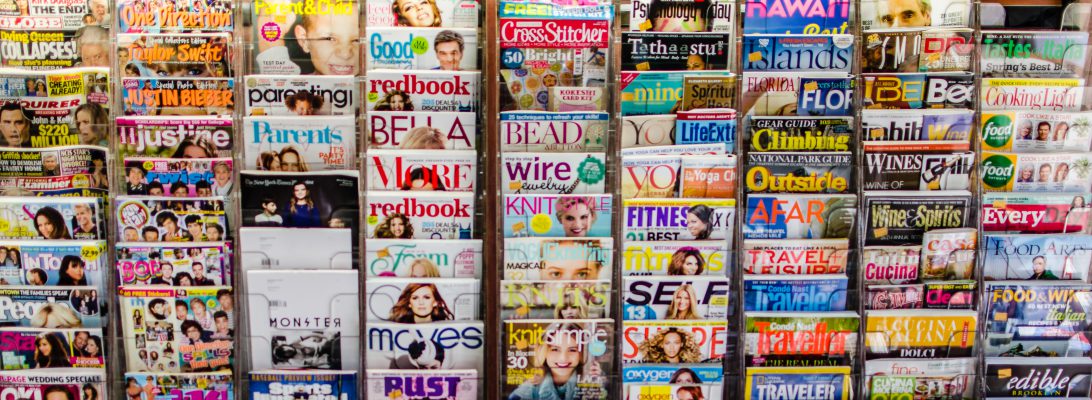“Poison Gas in Vietnam”, written by Seymour M. Hersh
Sometime early in 1964 the Pentagon asked the State Department to investigate and prepare a memo on the legality of the use of non-lethal gases in South Vietnam. The Pentagon’s point of view was already known via Army Field Manual 27-10 – the Law of Land Warfare.
The law states,
“the United States is not a party to any treaty, now in force, that prohibits or restricts the use in warfare of toxic or non-toxic gases, or smoke or incendiary materials, or of bacteriological warfare.”
Essentially, the United States has free reign with using any sort of chemical or biological warfare.
The State Department has traditionally been skeptical about the use of CBW agents, but despite their views the State Department eventually sent the Defense Department a memo agreeing that the non-lethal agents were legal. What was so surprising was the United States itself had been one of the principals of the 1925 Geneva Conference1 after the end of WWI, which outlawed the use of asphyxiating, poisonous, or other gases in war.

Perhaps to justify their reasoning, the State Department memo contained a long list of stringent limitations on such use.
“State made a mistake,” an official familiar with the situation told me three years later, “by saying it was okay—with limitations.” So far as the men in the Pentagon were concerned, “It was either yes or no: they [the State Department] were just kidding themselves with the restrictions.”
The lesson of all this, the official said, “is that when the crunch comes, the Pentagon sets the requirements and State finds the reasons why it’s legal.”
Dangerous Distribution

The United States apparently began equipping the South Vietnamese Army with two of its three standard riot control, or non-lethal, gases in 1962 under the existing Military Assistance Program (MAP)2 . The agents were CN, the standard tear gas used to quell civil disorders, and CS, the newly developed super tear gas. The third riot control agent, DM (adamsite), a nausea-producing gas, apparently did not reach Vietnam until 1964.
The military’s riot control gases are described as agents that “produce temporary irritating or disabling physiological effects when in contact with the eyes or when inhaled. Riot control agents used in field concentration do not permanently injure personnel.” In reality, the gases are actually solid and are disseminated as aerosols via grenades.
One of the three agents, CN, is a deceptive, fragrant odor similar to that of apple blossoms. The gas is a fast-acting tear agent that is also an irritant to the upper respiratory passages. An Army manual, Military Chemistry and Chemical Agents (TM 3-215), points out that in higher concentrations it is irritating to the skin, causing a burning and itching sensation, especially on moist parts of the body, and can even cause blisters…

About the Author: Seymour M. Hersh shot to stardom in investigative journalism when he exposed the My Lai Massacre and its attempted coverup in 1969. Poison Gas in Vietnam, written May 9, 1968, uncovered the United States’ questionable supplying of non-lethal gases to the South Vietnamese Army. Since then, he has won more than a dozen awards, including the Pulitzer Prize and five George Polk Awards, for his investigative journalism.
The original article can be found here.
1. [At the 1925 Geneva Conference for the Supervision of the International Traffic in Arms, the United States took the initiative of attempting to prohibit the export of gases for use in war. At French suggestion it was decided to draw up a protocol on non-use of poisonous gases, with Poland suggesting it be extended to bacteriological weapons. Signed on June 17, 1925, the Geneva Protocol thus restated the prohibition previously laid down by the Versailles and Washington treaties and added a ban on bacteriological warfare.]↩
2. [The Mutual Defense Assistance Act of 1949, also known as the Military Assistance program, enabled the US to send military assistance to certain foreign countries that meet the specific conditions prescribed in the law]↩

